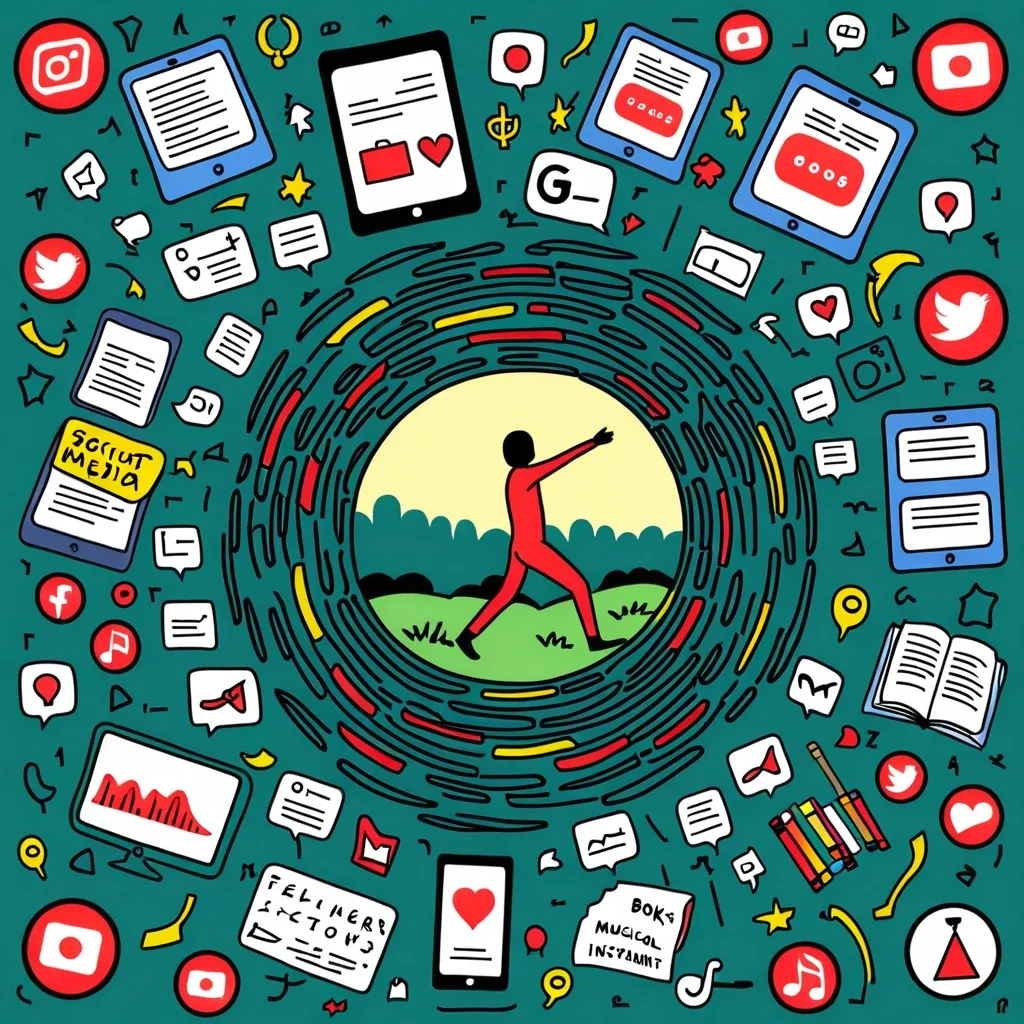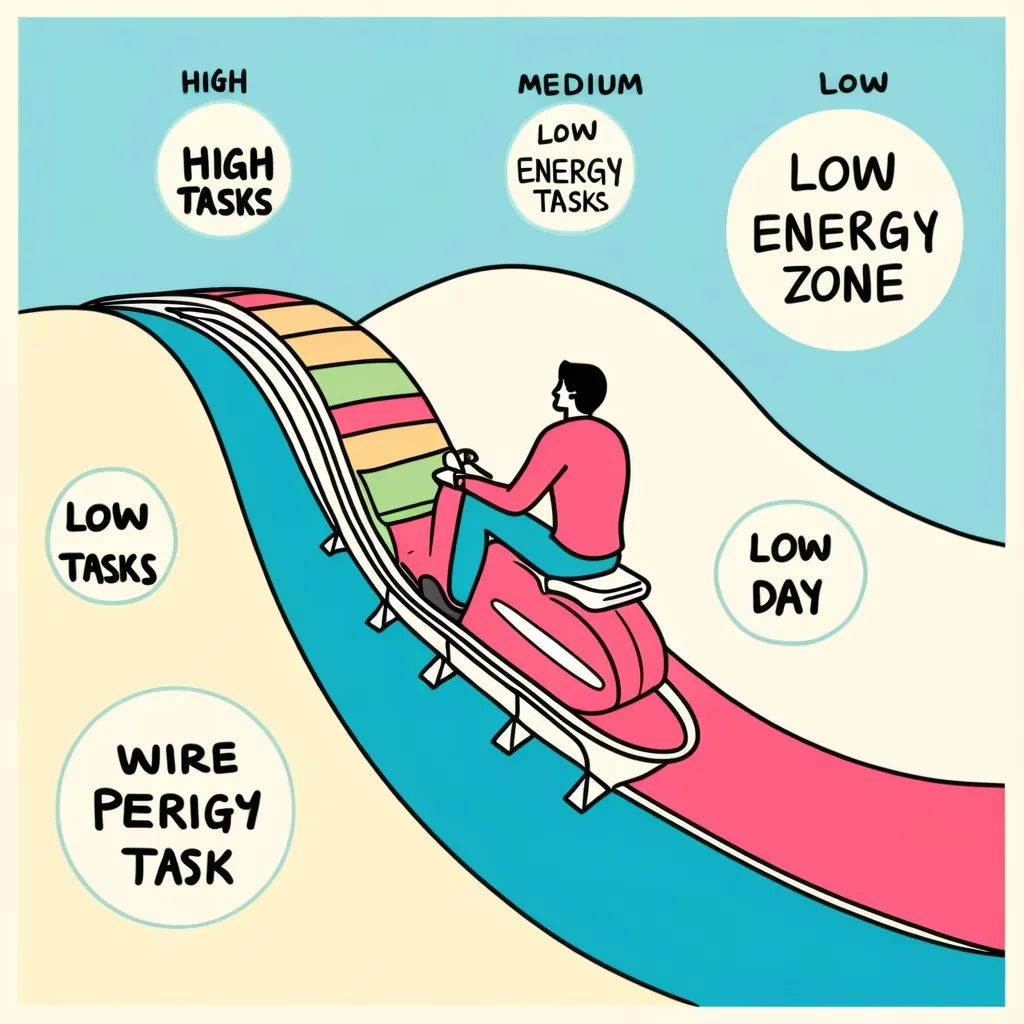Have you ever woken up from a dream and felt like you were left with a puzzle that your brain couldn’t quite solve? This is the realm where surrealism thrives, a place where the irrational and the logical blend together in a dance of creativity. Let’s delve into the world of synaptic surrealism, where dreams and conscious reality merge to fuel innovation and problem-solving.
The Power of the Subconscious
Surrealism, an art movement that emerged in the 20th century, was all about tapping into the creative potential of the unconscious mind. Artists like Salvador Dalí and Max Ernst were pioneers in this field, using techniques like automatic writing, frottage, and surrealist collages to unlock the hidden treasures of their subconscious.
Imagine setting a timer and writing whatever comes to your mind without any self-editing. This is the essence of automatic writing, a method that can lead to surprising creative breakthroughs. It’s like giving your subconscious a microphone and letting it speak freely. When I tried this, I was amazed at the ideas that flowed onto the page, ideas that I wouldn’t have come up with if I had been thinking too much.
Bridging Dreams and Reality
Dreams are a rich source of inspiration, but they often make little sense to our waking brains. However, by embracing this illogical world, we can find unique solutions to real-world problems. For instance, Dalí’s painting “Dream Caused by the Flight of a Bee Around a Pomegranate a Second Before Awakening” was inspired by his wife’s dream. This painting is a perfect example of how surrealism can capture the essence of the subconscious and translate it into something tangible and thought-provoking.
When I reflect on my own dreams, I realize that they often contain fragments of my daily life mixed with bizarre scenarios. By analyzing these fragments, I can sometimes find clues to problems I’ve been struggling with. It’s as if my subconscious is working on solutions while I sleep, and all I need to do is listen.
Creative Exercises from the Surrealists
The Surrealists developed several creative exercises that can help you tap into your subconscious. One of my favorites is the “Word Spinner.” You create a list of interesting words, number them, and then use a spinner to select three words randomly. The challenge is to write a poem or short story using these words. This exercise forces you to think outside the box and make connections between seemingly unrelated ideas.
Another technique is frottage, which involves taking rubbings of textured surfaces to create new images. This method can help you see the world from a different perspective, much like how dreams can distort reality in fascinating ways. When I tried frottage, I was surprised by the intricate patterns and shapes that emerged, patterns that I could then use as inspiration for my creative projects.
The Exquisite Corpse
One of the most famous Surrealist games is the Exquisite Corpse. In this game, multiple people contribute to a drawing or writing piece without seeing what the others have done. The result is often a surreal and unexpected creation that challenges conventional thinking. This game is a great way to collaborate and innovate, as it forces you to think creatively and adapt to unexpected elements.
I once played this game with a group of friends, and the outcome was a hilarious and intriguing drawing that none of us could have predicted. It was a reminder that sometimes, the best ideas come from unexpected places and that collaboration can lead to something truly unique.
The Science Behind Surrealism
From a neurological perspective, surrealism taps into the brain’s ability to imagine and daydream. Research suggests that imagination and creativity are most active when our conscious attention is relaxed. This is why dreams can be such a rich source of inspiration; they occur during a state of mind that is less controlled by our rational thinking.
When I’m stuck on a problem, I often find that taking a break and letting my mind wander can be incredibly helpful. It’s as if my brain is working on the problem in the background, making connections and finding solutions that I wouldn’t have thought of if I were focusing too hard.
Applying Surrealism to Everyday Life
So, how can you apply these principles to your everyday life? Here are a few tips:
- Keep a Dream Journal: Writing down your dreams as soon as you wake up can help you capture the vivid imagery and emotions that occur during sleep. Reflecting on these dreams can provide insights into your subconscious mind and inspire creative solutions.
- Practice Mind Wandering: Allow yourself time to daydream. Whether it’s during a walk, a shower, or simply sitting in a park, letting your mind wander can lead to unexpected ideas and connections.
- Use Surrealist Techniques: Try out techniques like automatic writing, frottage, or surrealist collages. These exercises can help you tap into your subconscious and find new sources of inspiration.
Personal Touches and Examples
I remember a time when I was struggling with a creative project and couldn’t seem to find the right direction. I decided to try automatic writing, and what came out was a stream of thoughts and ideas that seemed nonsensical at first but eventually led me to a breakthrough. It was as if my subconscious had been working on the problem all along, and the act of writing it down helped me see the solution clearly.
Another example is when I used the Word Spinner technique to generate a short story. The words I got were “cloud,” “piano,” and “library.” At first, I had no idea how to connect these words, but as I started writing, a story emerged that was both surreal and meaningful. It was a story about a cloud that turned into a piano in a magical library, and it ended up being one of my favorite pieces of writing.
Conclusion
Synaptic surrealism is about bridging the gap between your dreams and your waking reality to enhance creativity and innovation. By embracing the illogical world of dreams and using surrealist techniques, you can tap into a rich source of inspiration that can help you solve problems and create something truly unique.
In a world where we are constantly seeking new ways to innovate and solve complex problems, looking to our subconscious minds can be a powerful tool. So next time you wake up from a dream, take a moment to reflect on it. You might just find the solution to a problem you’ve been struggling with, hidden in the surreal landscape of your subconscious.






